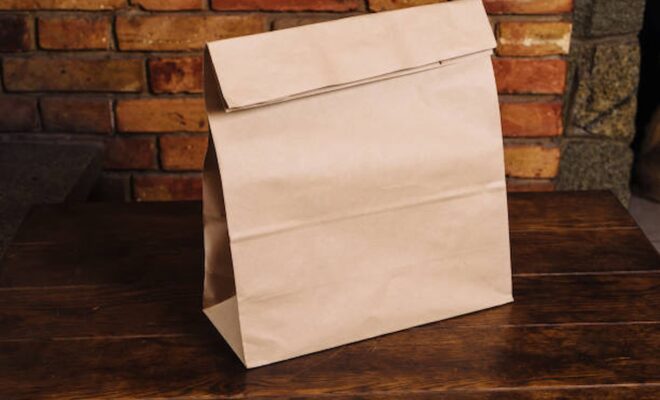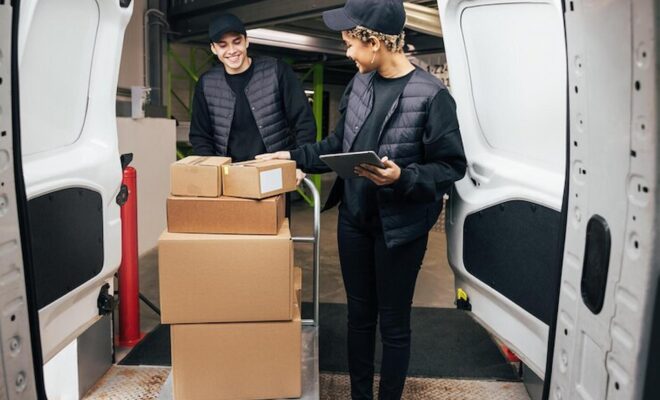Your Guide To Making Informed Food Packaging Choices

These days, pre-packaged foods are a necessity due to our hectic lifestyles. Making careful choices about food packaging is crucial because it can influence both our health and the planet’s condition. The safety of our food and the longevity of our world is affected by the type of fabric used for packaging, its production, and its disposal.
This guide gives information about various food packaging materials and their environmental impacts. By understanding these variables, you’ll make better-informed choices when buying packaged foods for yourself and your family.
Prioritize Minimal Packaging: Opt for products with minimal packaging whenever possible. Look for items that are not overly wrapped or packaged in excessive layers of plastic or other materials. Choosing products with minimal packaging helps reduce waste and the overall environmental impact.
Choose Recyclable Materials: Check the recycling symbols on the packaging to ensure that the materials used are recyclable. Look for packaging made from glass, aluminum, cardboard, or paper, commonly accepted for recycling. These materials have a higher chance of being recycled and diverted from landfill.
Avoid Single-Use Plastics: Disposable plastics like bags, straws, and cutlery harm the environment. Choose eco-friendly alternatives. Choose reusable or biodegradable options to reduce waste and help the planet. Make sustainable choices for a healthier environment. Bring your reusable bags or containers to minimize reliance on disposable packaging.
Consider Sustainable Packaging Innovations: Stay informed about new developments in sustainable packaging solutions. Many companies invest in eco-friendly alternatives, such as compostable packaging made from plant-based materials or biodegradable plastics. Supporting these innovative packaging options contributes to the demand for more sustainable practices.
Look for Certification Labels: Certification labels, such as the Forest Stewardship Council (FSC) label for paper products or the USDA Organic label for food, can provide valuable information about the sustainability and environmental standards associated with the packaging and its contents. These labels indicate that the product has met specific criteria and can guide you toward more sustainable choices.
Buy in Bulk: Purchasing food items in bulk helps reduce packaging waste generated from individual portions or smaller packages. Consider shopping at bulk stores or choosing larger-sized products that can be divided into reusable containers at home. This approach reduces packaging waste and can be more cost-effective in the long run.
Support Local and Sustainable Brands: Research and support local brands or companies prioritizing sustainable packaging practices. These brands often use eco-friendly materials, implement recycling programs, or actively work towards reducing their environmental footprint. Supporting them contributes to the demand for more sustainable packaging options.
Remember, making informed food packaging choices is an ongoing process of learning and adapting your habits. By being mindful of the environmental impact of packaging and considering sustainable alternatives, you can promote a more sustainable and eco-conscious food system.














